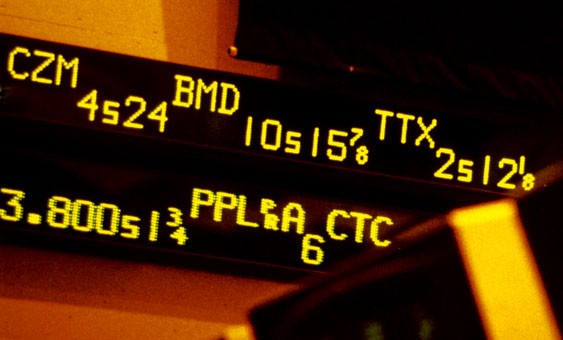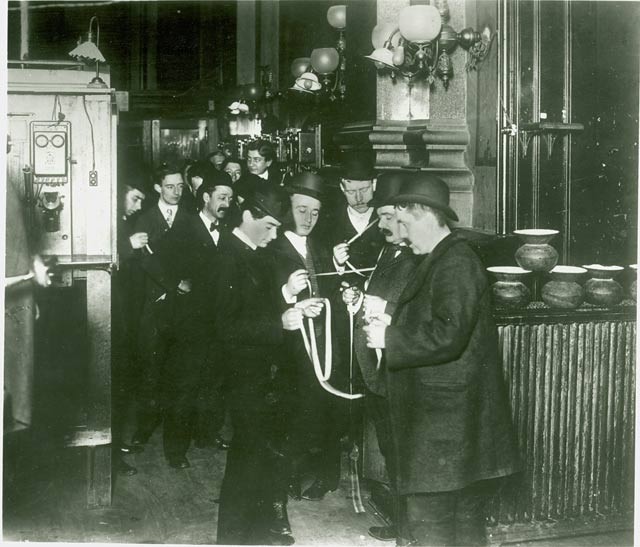An Introduction to JCharting for Investors
Post on: 10 Апрель, 2015 No Comment

John Chen developed the J-Chart as a way of better representing where the market was headed. Other methods available showed market action in terms of price per unit of time, but with a dynamic market, factors other than time or price can help to more accurately determine future movement. He saw the market as having periods of high activity followed by equilibrium, with prices finding a new balance after each trend. An introduction to J-charting can help investors understand the relationship price has on future market movement.
The J-Chart uses the 5 part Chinese Jeng character to plot market prices. In order to assess equilibrium, investors can set any time-frame they choose; then every time a transaction takes place at a particular price, it is plotted on one part of this Jeng character. Opening prices for the time period are plotted in yellow while cyan is used for plotting closing prices.
The J-Chart can be analyzed and used to predict future price. A triangle is plotted using two balance points or a balance point and point of origin or image, by using the forecasting tool. Investors are able to set their own options in the program in order to see specific factors related to their own personal investing objectives.
The program can use major balance points as well as previous highs and lows in order to determine stop losses for a particular day. Additionally, overnight activity in price can help investors see if the market is still trending. J-Charting allows traders to see the market as an energetic system and to be able to ascertain whether or not it is in equilibrium. When price action approaches equilibrium, the J-Chart will be filled in forming an isosceles triangle. The closer this plotted triangle approaches a sideways isosceles triangle, the closer the market is to equilibrium.
The J-Chart will be filled in according to price movement in the market. Whether it finds a new balance point as the result of the price moving too far in either direction or voids on the J-Chart are filled in as the price fluctuates. Of course, the real question is how to determine what will happen when price forecasts are set. Will the target predicted by the forecasting tool be reached or will the voids or caves in the triangle be filled in?

Program settings can be changed and price action for up to 45 days can be viewed simultaneously. Whether looking at numerous days at once or a single day at a time, with experience, the trader will be able to gain proficiency in deciphering the J-Chart. The ability to be able to plot numerous time frames and a completely different approach to determining price action makes the use of the J-Chart significantly different than other methods, such as Market Profile. With an introduction to J-Charting, investors have a unique way of determining market trends.
Leave a Reply Cancel reply
Your email address will not be published. Required fields are marked *














